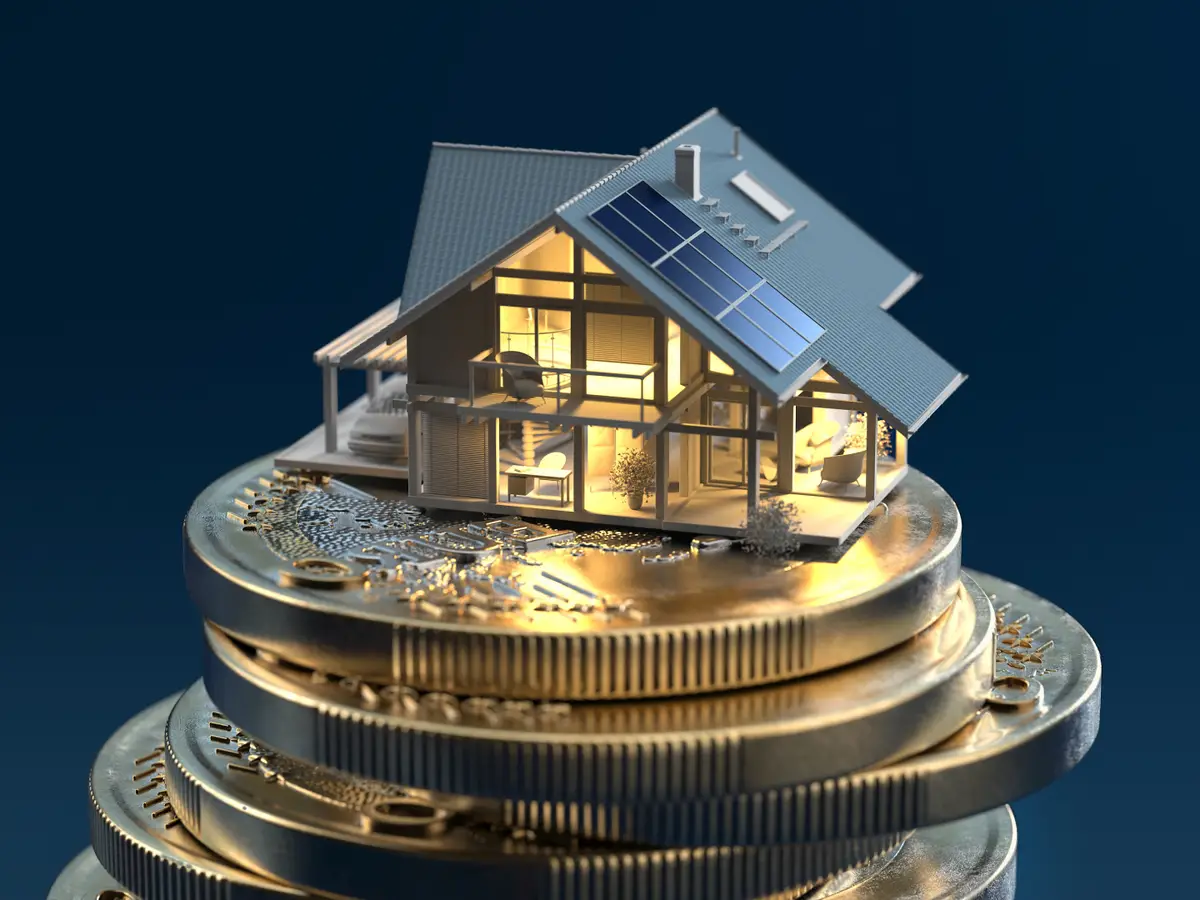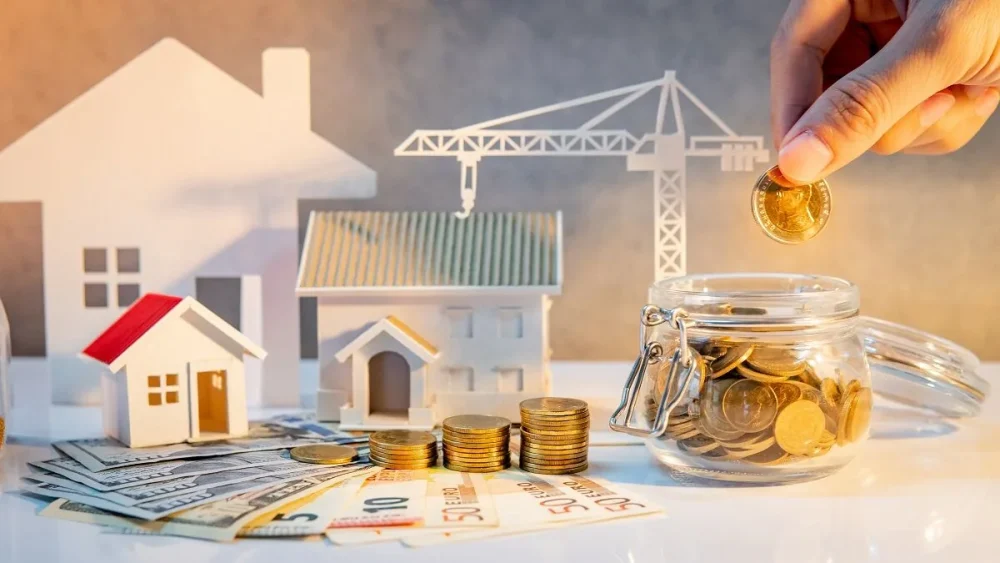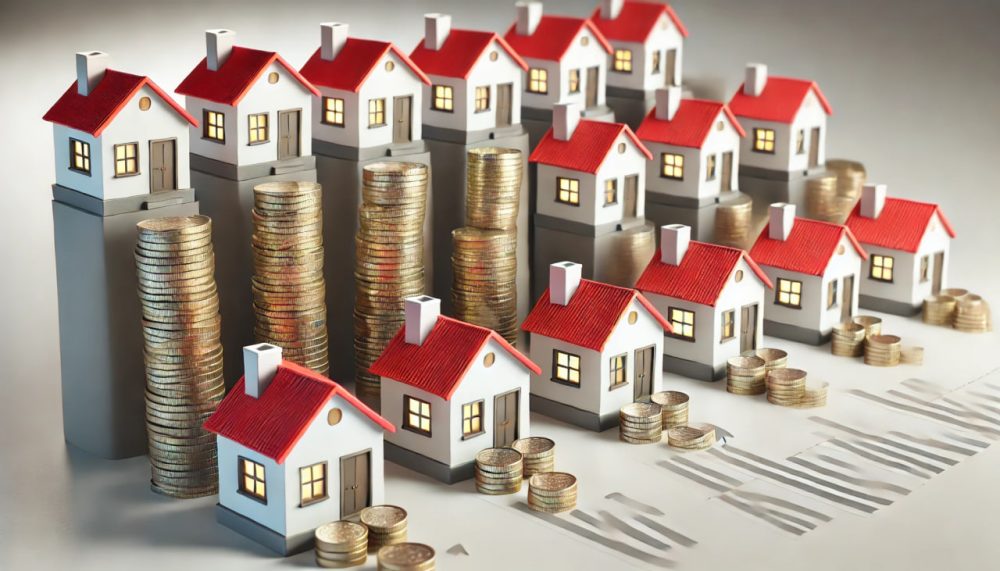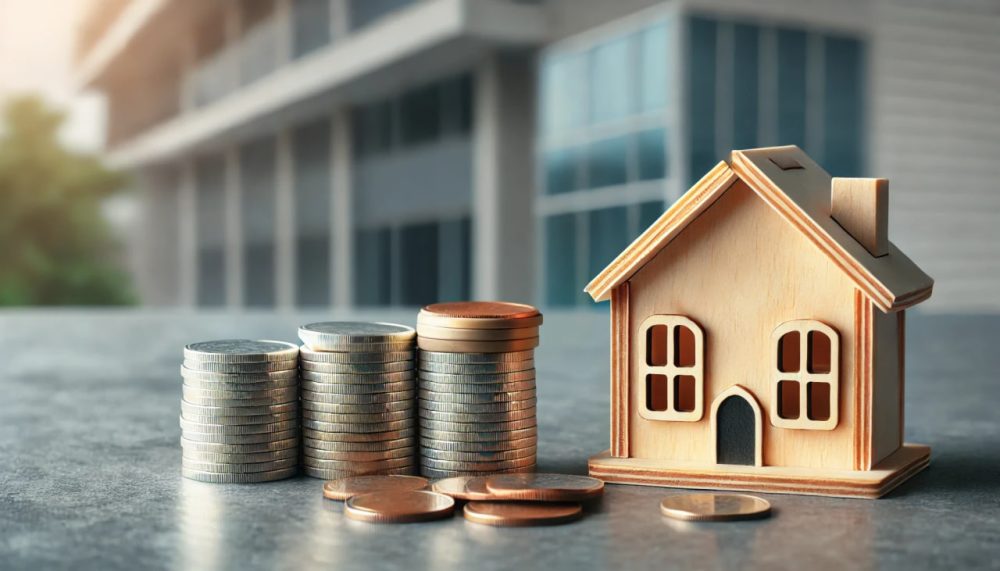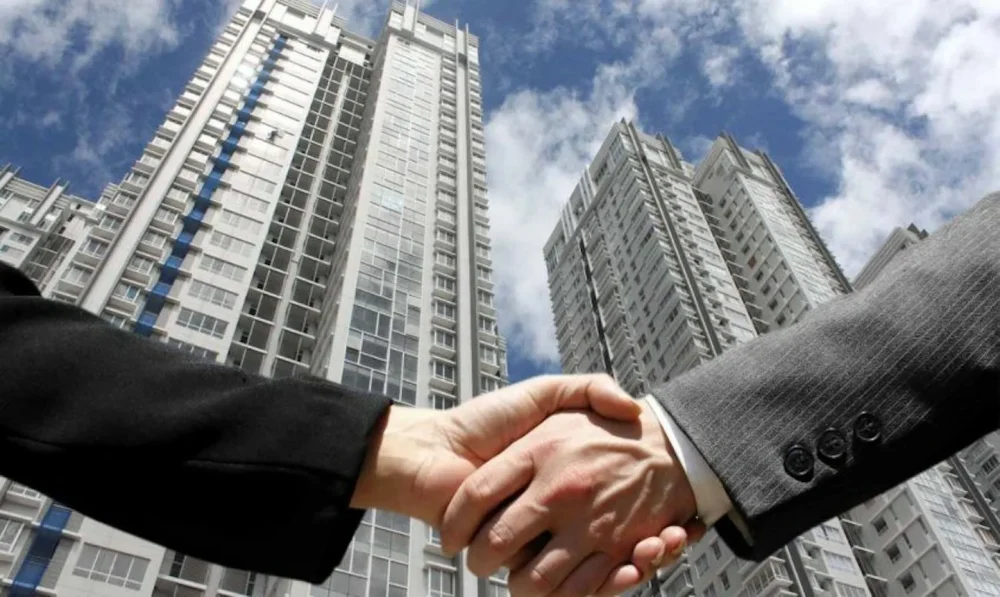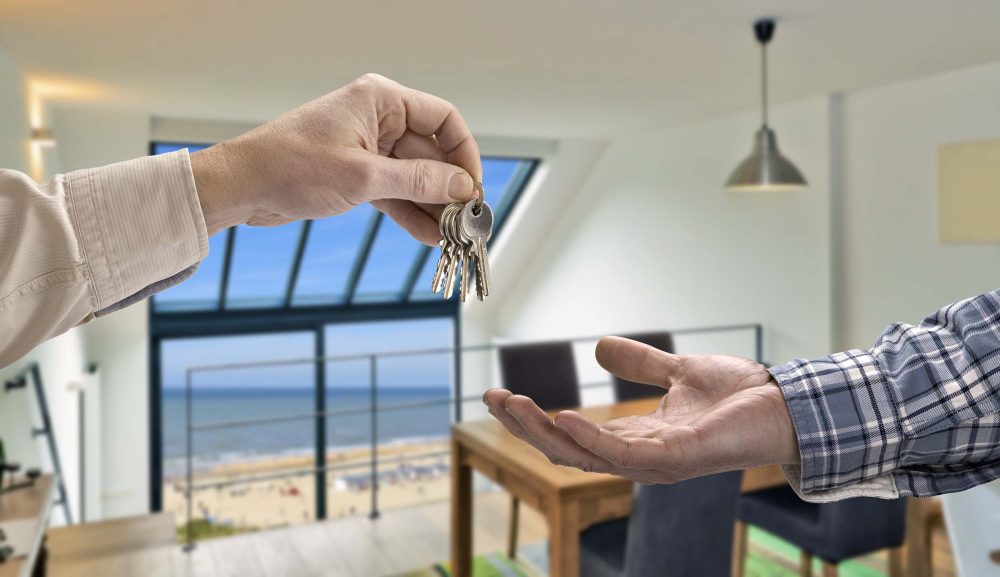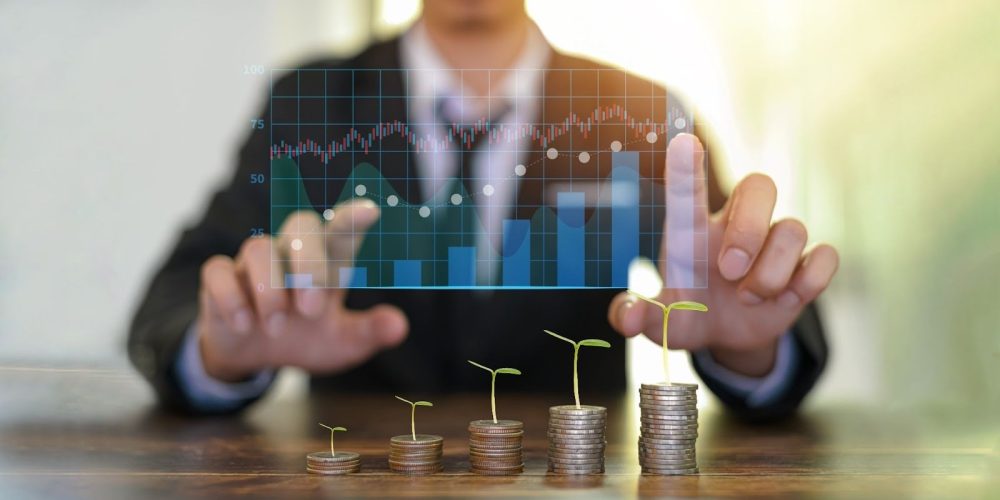Investment opportunities in real estate assets have always been an interesting and promising option for those looking to increase their capital. How to choose the path to ensure maximum benefit? There are many directions in the market – from buying apartments to investing in commercial projects, and each option has its own features and advantages. Real estate investments today have become not just a way to preserve funds, but a tool for capital growth.
Buying an Apartment for Investment: Is It Worth the Candle?
Buying property as an investment has several significant advantages. Firstly, it provides stable rental income. The Russian market shows steady price growth, especially in major cities. With the right approach to choosing the property, buying an apartment for investment can become a reliable source of passive income.

For example, in Moscow and St. Petersburg, the demand for rental housing remains high, creating favorable conditions for long-term investments. Real estate investments are also protected from inflation, as the value of properties increases in line with market changes. Financial investments in this format are a proven way to ensure a regular income.
Advantages of buying an apartment:
- Stable rental income;
- Protection against inflation;
- High demand for rentals in major cities.
Real Estate as an Investment: Advantages and Disadvantages
Here we talk about reliability and long-term perspective. The main advantages include stability, the possibility of earning passive income, and capital protection from inflation. Historically, properties remain one of the most secure assets.
Successful project asset examples can be found in the development of new buildings, which have significantly increased in value upon completion of construction. However, there are also risks: maintenance costs, tax obligations, and the possibility of a decrease in the liquidity of the property. It is important to consider all these factors when making investment decisions.
Real estate investments should be carefully considered to minimize risks and maximize profits.
Where to Invest Money in Real Estate: Most Promising Directions
There are many investment options available today. It is important to note that the choice of type depends on financial goals and the investor’s readiness for a certain level of risk.
Investing in New Construction: Pros and Cons
One of the most popular directions. Firstly, at the excavation stage, the price of the property is significantly lower than after completion of construction. This allows the investor to profit from resale or acquire a property for rent at a favorable price. Secondly, new buildings usually meet modern requirements: energy efficiency, convenient layout, infrastructure.
However, real estate investments are also associated with risks. The main one is construction delays or even project freeze. It is also important to consider the developer’s reputation to minimize losses.
Investing in Residential Space: Risks and Benefits
Residential square meters are constantly in demand, especially in major cities. Risks to consider include possible rental vacancies or changes in legislation related to rental relationships. However, a smart choice of property and proper management can help minimize these risks and generate stable income. Real estate investments in the residential sector can be an excellent starting point for building a portfolio.
Investing in Commercial Real Estate: Who Should Take This Path
Commercial properties, such as offices, shops, and warehouses, provide stable profits due to long-term lease agreements. However, it is important to consider that this sector is more sensitive to economic fluctuations and requires the investor to carefully analyze the market. For example, successful cases with renting spaces for coworking in Moscow show that with the right approach, higher profitability can be achieved compared to residential properties. Investing in commercial real estate is a promising path for experienced investors.
Investing in Real Estate in Moscow Without Regrets: What to Consider
The Moscow market is characterized by high competition and a variety of offerings. Residential properties in bedroom communities attract those looking for stable rental income, while commercial areas in central city districts can provide higher profitability but require larger investments. It is important to consider both transportation accessibility and infrastructure.
How to Invest in Real Estate: Step-by-Step Guide
First step – choosing a property. It is important to determine the type of ownership: residential, commercial, or new construction. Next is the assessment of liquidity and potential profitability.
Second step – legal check of the property. It is necessary to ensure the absence of encumbrances and other legal issues.
Third step – calculating profitability, including all possible expenses: taxes, repairs, maintenance. There are special online calculators that can help with the necessary calculations and assess investment prospects.

Fourth step – completing the transaction and choosing the form of ownership. Finally, management: independently or through a management company.
Conclusion
Real estate investments are one of the most reliable and profitable ways to invest capital. With a smart approach and careful market analysis, stable income can be achieved and funds protected from inflation. Investments in residential, commercial properties, or new construction – each of these options has its own characteristics and can be profitable with proper management. Beginning investing is always a step towards financial independence and stability.
